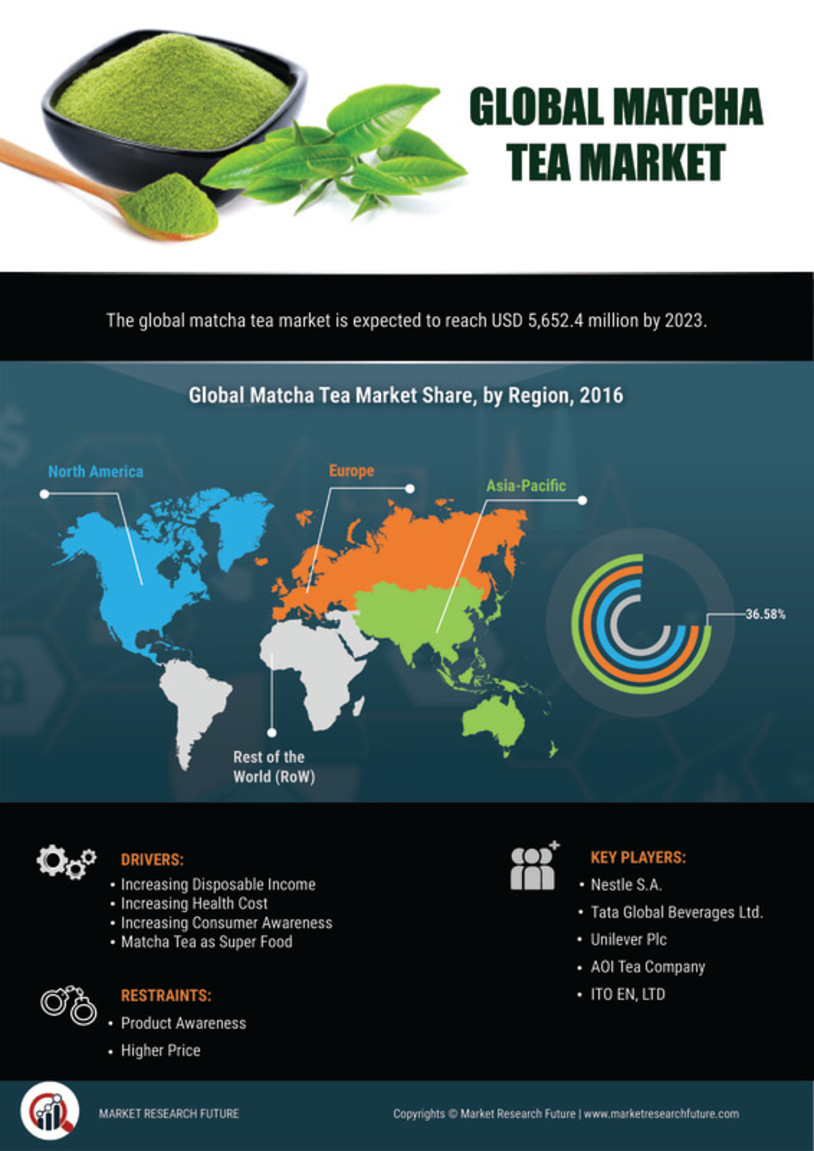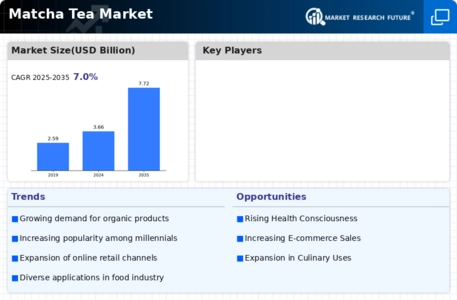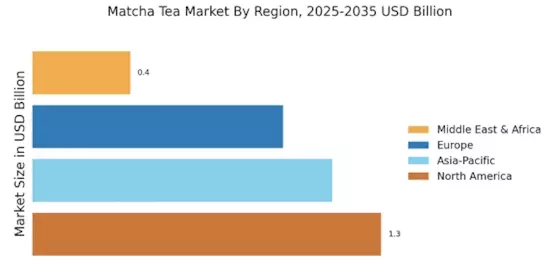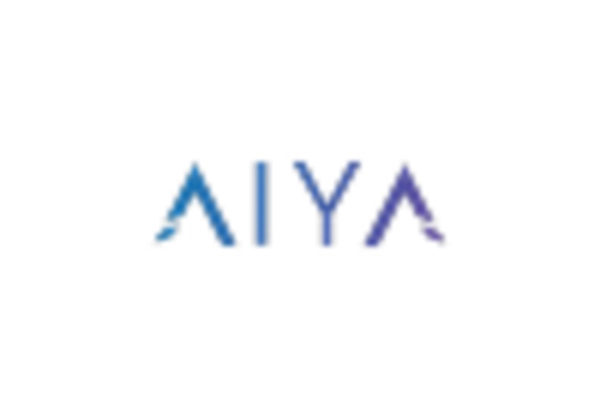March 2024- India's most trusted FMCG brand, Pansari Group, is now ready to blaze the audience with its launch of TVOY GREEN TEA at AAHAR 2024. Lately, the company introduced its new tea range, Pansari Chai, which comes in four distinct flavors, each of which provides an intense tea-drinking experience. After getting a massive response from their customers for Pansari Chai, the team thought of bringing their green tea range to the market as well.
The company is now ready to enter the world of excellent green tea sourced from the prestigious Nilgiris in Tamil Nadu, South India. The TVOY GREEN TEA is expanded in one of the top-tier tea estates, situated at an altitude of 1900 meters above MSL. Set by crystal-clear streams and natural forests, this eco-friendly sanctuary offers the ideal setting for responsible tea farming. The director of Pansari Group, Shammi Agarwal, shows his pursuit of the launch by mentioning that the launch of TVOY GREEN TEA is not just about introducing a product but about supporting a lifestyle.
In a time when health awareness is on the ascent, TVOY provides a mix of wellness and culture.
The distinct flavors of these products include Classic green tea, Kahwa green tea, and chamomile. At present, no leading players are in the green tea market. Hence, the brand thinks it is high time it entered the market. Everyone is quite excited about the journey ahead and believes that TVOY GREEN TEA will become an indication of health and indulgence for our consumers. In addition, Pansari's products are ISO 9001 2008 certified, HACCP 2006 certified, and Fair Trade Certified by the Fair Trade Labeling Organization.
In March 2023, Tenzo Tea, a luxury line of matcha tea, will be partnering with boutique tequila brand Lo Siento to create three exclusive match-infused cocktails. In this alliance, both brands are committed to providing exceptional quality and pioneering taste experiences.
In November 2023, Hojicha Co., responding to client requests for reliable brands of matcha online, partnered with Marukyu Koyamaen to provide genuine Uji matcha on their website. The partnership will make available different customer preferences ranging from ceremonial occasion cocktails like ‘Match Yugen’ or ‘Match Isuzu Latte’ lattes, etc.
February 2022, Nestlé Health Science acquired a stake in Orgain. Nestlé Health Science's nutrition products would complement the company's existing product line as a result of this agreement.
January 2022, Aiya America's newest product line is the Matcha Infused Tea Line. Three superb Japanese matcha teas in the collection are Organic Matcha Infused Sencha, Organic Matcha Infused Gyokuro, and Organic Matcha Infused Genmaicha.


















Leave a Comment